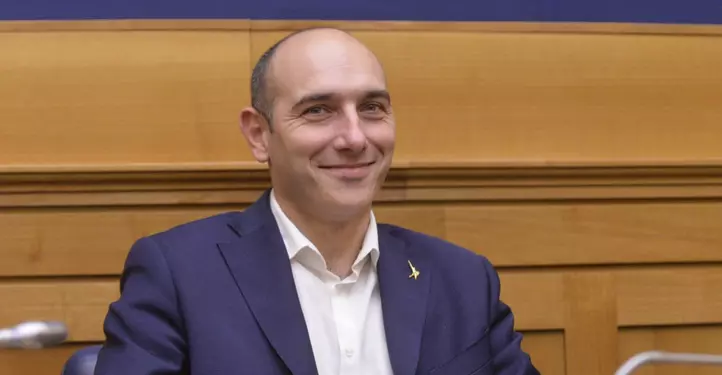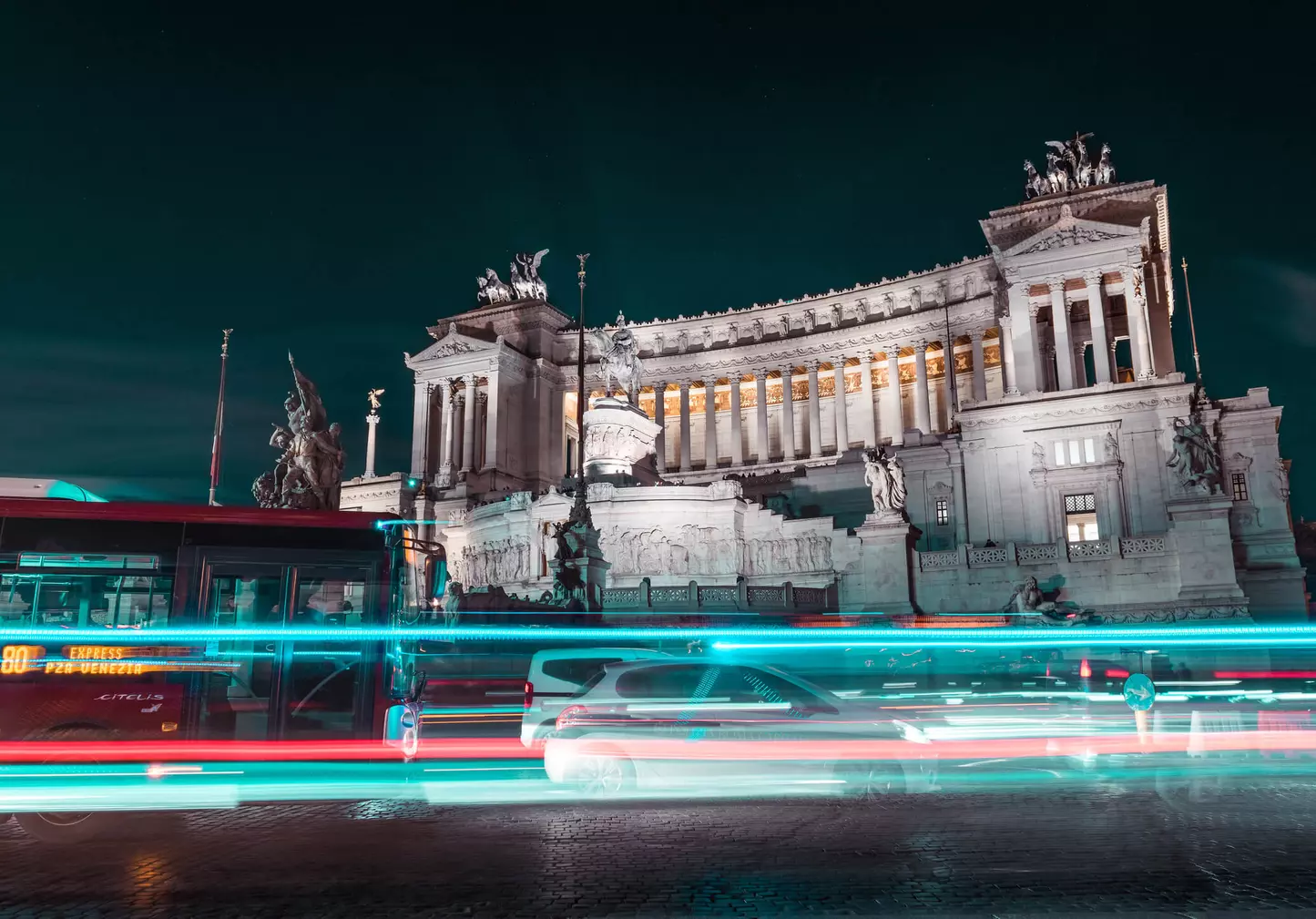Italy has found its own way to change the face of local public transportation and introduce sustainable mobility. Deputy Minister of Sustainable Infrastructures and Mobility Alessandro Morelli tells Infra Journal about the roadmap of micro and macro mobility that will ferry the country from the old to the new model of development. “We have a lot of commitments and an ambitious goal: zero victims of road accidents by 2050,” he begins. The path toward increasingly sustainable transportation begins with an important admission: Italy’s big cities have a long way to go compared to other European cities, and it is in the area of local transportation, to which the national recovery and resilience plan (PNRR) allocates 8.4 billion, that we need to act, making profound changes to mobility in Italy.
The new mobility represents a revolution for citizens and for the cities in which we live. A new way of thinking of space and time, which must, however, be regulated. What are the major challenges you are addressing?
“We are bringing about epochal change, but we must be careful about the words we use: it’s dangerous to speak of a ‘revolution’ when discussing the current changes. The transition from the old to the new model of development ought to be viewed as a series of steps, to be approached with good sense and a healthy dose of realism, carefully weighing all the interests at stake.”
With the publication in Gazzetta Ufficiale of the Infrastructure and Transportation Bill, enacted by Parliament, a number of changes to the highway code go into effect. Can you tell us about the most important ones?
“The focus is on safety above all, and the goal is an ambitious one: zero victims of road accidents by 2050. According to the latest survey by Istat, Italy’s national statistics institute, the number of road accidents naturally shrank during the lockdown, but is now on the rise again. This is why the Infrastructure Decree focuses on the fines charged for certain forms of behaviour which are becoming increasingly frequent and dangerous for everyone on the road. Vehicle inspections have been simplified, with adoption of a ministerial decree permitting heavy vehicles to be inspected in authorised external garages, just like cars. To make our roads safer, it is indispensable to ensure that they are usable by everyone, particularly by people with disabilities and pregnant women, who are supported with specific measures that will be enforced with severe fines. Lastly, a number of measures have been introduced to make scooter traffic safer. Though more could have been done, such as introducing a law requiring helmets, licence plates and insurance coverage.”
Does the new mobility have only benefits to offer, or will it also bring new hurdles and problems to be overcome?
“The transition toward a new model of mobility has already been mapped out, and ought to be approached with realism, vision and good sense. We need to encourage research and innovation in the country – and the PNRR includes a special mission dedicated to this – to allow Italy to equip itself with the necessary technologies in the near future, to limit the country’s dependence on imports, especially from countries that do not have a particularly good environmental and social record. If this is not the case, all our progress in the area of sustainability will be sacrificed, and we will find ourselves dependent on imports, with rigid market prices and limited access to raw materials and technologies.”
Are our cities ready for this kind of change?
“Of course Italy’s big cities are not comparable to certain European capitals that have more than ten metro lines. Milan has Italy’s biggest metro system, with 5 lines, though number 4 is still under construction. Until we have effective local public transportation, the ideology of sustainable mobility will merely represent a limitation. This is why the Ministry of Sustainable Infrastructures and Mobility (MIMS) is investing so much in the extension and planning of new metro lines.”
From trains to planes and urban mobility: which sector has made the most progress in relation to your objectives, and which still requires a lot of work?
“The most advanced sectors definitely include rail and air transportation. Research and innovation in air transportation are particularly advanced in Italy, going in the direction of use of low emissions fuels and emissions reduction systems, consistently with the standards required under international and European regulations. In rail transportation, introduction of high speed railway lines has allowed the country to make incredible progress, and it is now up to us to extend it to more parts of the country.”

In what areas are you working?
“The PNRR is working in this direction, for example by funding the Salerno-Reggio Calabria and Brescia-Verona-Padua railway lines. There is still a lot of work to be done in the area of intermodal transportation, to minimise the strain and bottlenecks present in our transportation system, partly as a result of ideological prejudices that refuse to die. Such as the bridge over the Strait of Messina, essential in view of the major investment in railways in the regions of Calabria and Sicily in the future.”
Going back to the PNRR, funds have been allocated. Where will they go? And when?
“The PNRR reveals the need for planning, also in relation to the state of progress and implementability within 2026, but at the same time, it includes wide-ranging measures simplifying the regulatory framework, a true overall reform (as in justice and public administration) with specific, precise functional initiatives: in short, we are aiming to achieve “administrative sustainability”, too. One example may be found in the Recovery Decree, with the simplification of procedures for investment in railways and approval of railway projects, reinforcement and improvement of the efficiency of processes for administration, review and assessment of spending, changes to the administrative tool consisting of the Conference of Services for ZES areas (special economic zones), reduction of the amount of time required for strategic environmental assessments and reinforcement of digital services.”
In some ways, Italy lags far behind the rest of Europe when it comes to sustainable mobility, even though we have a number of outstanding industries in the field of mobility. How can we bring together supply and demand?
“Italy has made great progress in sustainable mobility in recent years, thanks to the constructive relationship between the central government and territorial institutions, particularly municipal governments. The PNRR optimises this relationship, and it will offer a major boost for improved sustainability in our transportation system. The PNRR allocates about 8.4 billion euro to green local transportation and rapid mass transportation. This includes renewal of our buses, purchasing all-electrical vehicles for the cities of Milan, Rome, and Naples, new local trains and Intercity trains for the southern part of the country, and new freight trains. I’m confident that Italy’s outstanding mobility industries will have a contribution to make to this process.”
Which European models do you consider ideal examples?
“On the whole, I prefer the Italian model. Let me bust a myth: Italian environmental legislation is in many cases more forward-looking than that of other European nations. In cultural terms, we have a certain consistency in our approach to ‘micro or macro’ behaviour protecting the environment. Some countries have made more progress in certain types of infrastructure and means of communication, probably also because of the features of their territories, while other countries face more physiological challenges. And so models must be considered not in relation to the country to which they belong, but in view of their intrinsic qualities. And then, I must say, we are placing our bets on Italy's unrivalled inventiveness, and we are working to make sure that our best minds are put to work in this epoch-making transition.”
What energy resources will Italy focus on to support this revolution?
“I personally start out by applying the logic of technological neutrality. It goes without saying that our priority will be cutting emissions, in accordance with the goals of COP26, and so we need to balance various different energy sources in order to adapt them, with all their inherent technical constraints, for environmentally, socially and economically optimal use. Emphasising one energy source above all others would bring a risk of dependency on foreign sources, and we have seen the consequences of this with the rise in energy prices due to increased global demand for goods and services.”
